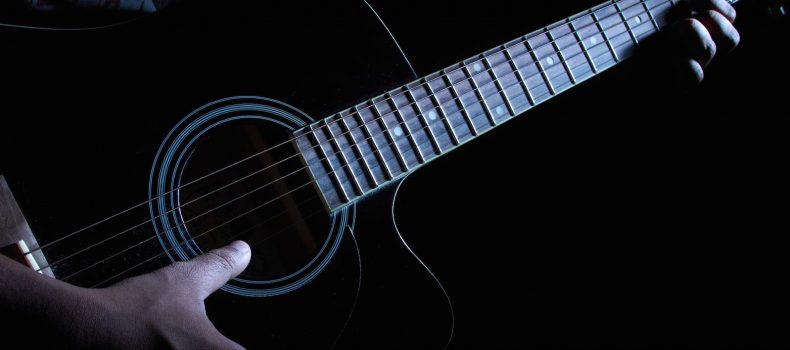The Music of Shlomo Carlebach
Shlomo Carlebach (1925-1994) was among the most unorthodox Orthodox rabbis of the 20th century.
With a unique personality reflecting the full fervor of his adopted Hasidic background as well as a genuine love for his fellow Jew, Carlebach traveled North America telling stories, reaching out to Jews of all persuasions (including those with no affiliation), and using his talents to create melodies that touched his listeners and became instant staples in havurot [small prayer communities] and minyanim [prayer groups] across the denominational spectrum. His setting of “Esa Einai” (Psalm 121), one of his earliest hits, was not originally intended for use in regular worship; however, the melody has been borrowed for use in conjunction with other texts, including the Sabbath Hymn of Glory (Anim Zemirot).
Note: In 1998, after his death, several women came forward with allegations that Carlebach had sexually abused them. In 2018, responding to the #MeToo movement highlighting sexual harassment and abuse, some synagogues said they would no longer play his music because of this.
Some of the other Carlebach melodies that became regular parts of worship services were written for entry into Israel’s annual ic Song Festival. In 1968 a small-budget Israeli play called Ish Hasid Haya (Once There Was a Hasid) brought traditional songs and stories to the generally nonobservant masses who filled its audiences. The success of this material inspired enthusiasts to revitalize Hasidic music by soliciting songs–in an ostensibly Hasidic style–to be presented in an annual Israeli festival, starting in 1969. The fascination with most things Israeli on the part of many American Jews after the 1967 Six Day War led Israeli promoters to bring a version of the Hasidic Song Festival to North American audiences.
The only things “Hasidic” about most of these songs were their relatively short melodies and traditional lyrics. Still, the presence of catchy new tunes for brief liturgical texts encouraged the use of many of these songs in the prayers of American Jews looking for easy-to-learn melodies and more congregational singing — even by congregants who were not fluent in Hebrew. Carlebach’s ve-Ha’er Einenu quickly jumped back into the morning services from which its lyrics were taken, and Nurit Hirsh’s (b. 1942) Oseh Shalom not only launched her subsequent career (limited almost exclusively to secular songs), but also became a staple of weekday and Sabbath services in countless synagogues across the continent.
The right-wing Orthodox camp also produced performers and ensembles to sing liturgical texts in non-liturgical settings. These groups were certainly not motivated by a desire to assimilate the musical vocabulary of America. Rather, the Hasidic community sought refuge from modern popular music–and in particular, from its lyrics–by creating new tunes in the old European style of the Ba’al Shem Tov [the founder of Hasidism] and his followers. Most popular were the boy choirs assembled into performing ensembles under the aegis of Pirchei Agudas Yisroel (literally, the “blossoms of the society of Israel”). What the first of these groups lacked in vocal polish they made up for through their enthusiastic renditions of catchy tunes with sophisticated arrangements and impressive instrumental accompaniment. Melodies like “Urah Kevodi,” by Greiniman, quickly jumped over the lines separating the Hasidim from the modern Orthodox, and from there it was a short leap to the religiously oriented summer camps, schools, and youth movements with diverse political and theological orientations.
Shlomo Carlebach was among the first singer-songwriters from the Orthodox camp. Carlebach used his music to reach out to Jews of all backgrounds. The limited texts and purposely repetitive Hasidic-style songs he wrote and sang (interspersed with his own stories and inspirational religious message) were the key to his outreach efforts and enabled Jewishly uneducated members of his audiences to become a part of the music-making. For many, it was also among their most powerful Jewish experiences — encounters they would not have sought within the confines of the synagogue setting but to which they gravitated eagerly on college campuses in California, in the coffee houses of New York’s Greenwich Village, and in hundreds of formal and informal gatherings in between.

